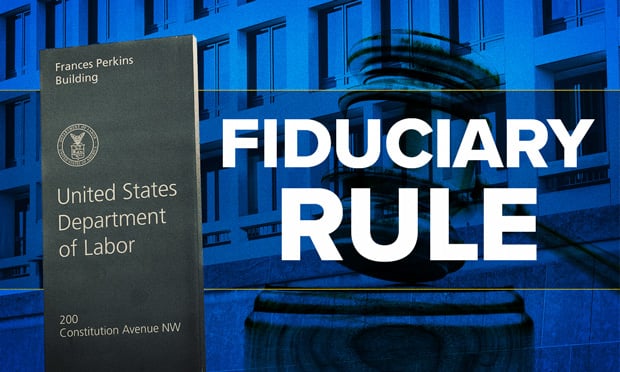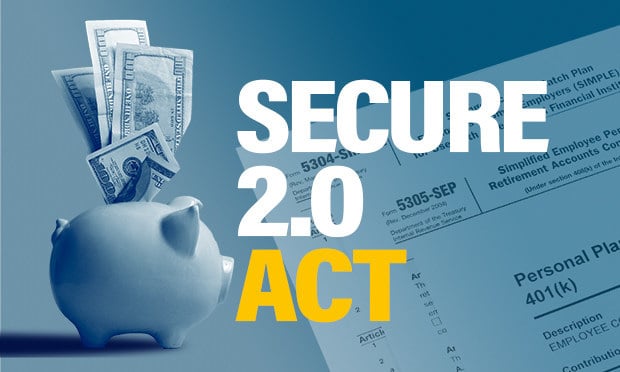For many years, ERISA lawyers argued the merits of creating aninvestment policy statement for 401(k) plans. They debated whethera written IPS reduced fiduciary liability or increased it? In fact,the U.S. Department of Labor does not require one. On one side ofthe argument, some believe putting something in writing onlyprovides one more piece of ammunition to supply the DOL. On theother side, there are those who feel outlining an investment duediligence process through an IPS, and then documenting itssuccessful implementation, can reduce fiduciary liability.
Constructing an effective IPS for 401(k) plans is part art andpart science. Its structure differs from the traditional IPStemplate offered by the CFA Institute in that a 401(k)IPS, at leastone for a plan using the 404(c) safe harbor provision, necessarilymust contain at least three materially different investmentobjectives. This contradiction runs counter to the traditional IPSstructure. We don't have the space here to provide a detailedoutline of a modern 401(k) IPS, but we can offer these five tips tohelp you build a better 401(k) IPS:
Is the IPS tied to the corporate vision andmission? Companies spend hours developing a strategy. It'simportant the 401(k) plan support that vision. The IPS must bewritten in a manner consistent with the plan sponsor's vision andmission. That includes incorporating company demographics.
Continue Reading for Free
Register and gain access to:
- Breaking benefits news and analysis, on-site and via our newsletters and custom alerts
- Educational webcasts, white papers, and ebooks from industry thought leaders
- Critical converage of the property casualty insurance and financial advisory markets on our other ALM sites, PropertyCasualty360 and ThinkAdvisor
Already have an account? Sign In Now
© 2024 ALM Global, LLC, All Rights Reserved. Request academic re-use from www.copyright.com. All other uses, submit a request to [email protected]. For more information visit Asset & Logo Licensing.








